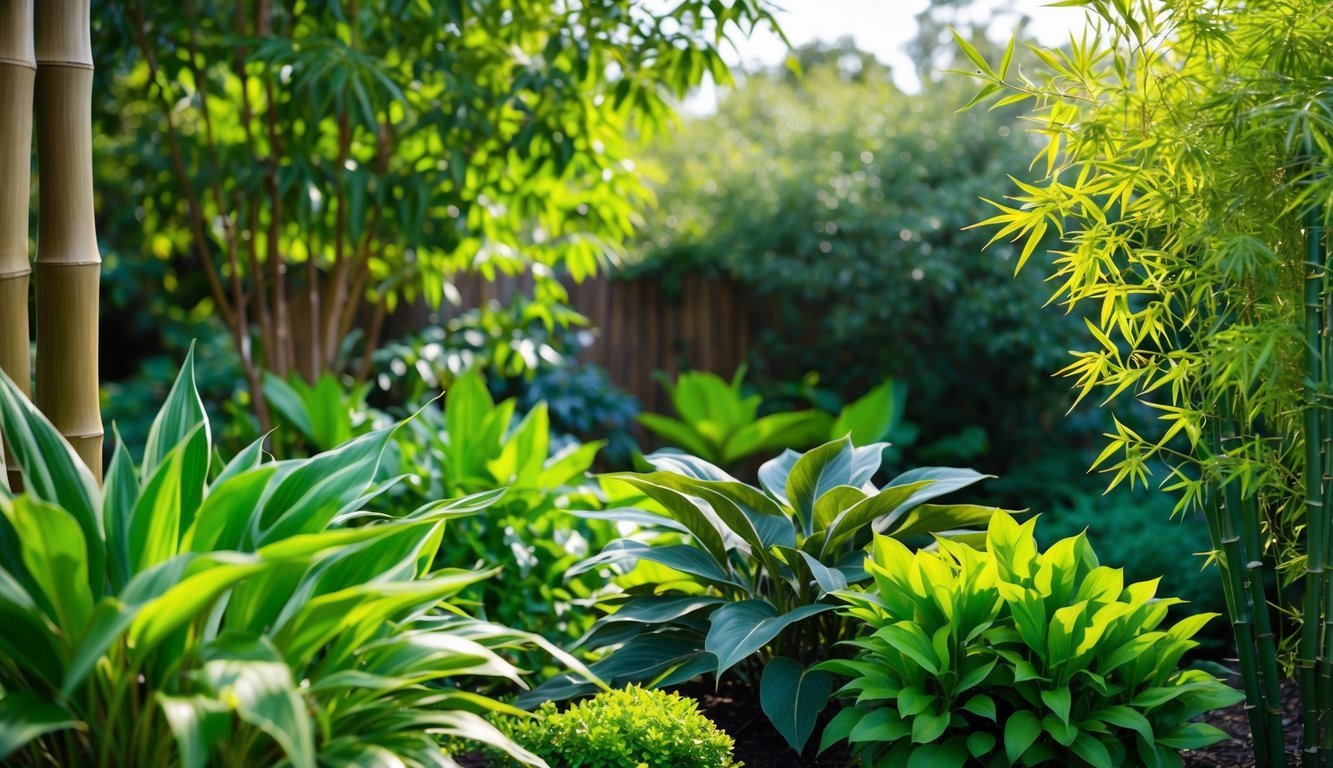
Perennials can enhance the beauty of any garden, but certain varieties pose serious challenges that you should be aware of.
Selecting the wrong plants can upset local ecosystems and even lead to structural issues in your home.
Experts in horticulture have pinpointed various perennials that you might want to avoid, suggesting more beneficial substitutes instead.
Here’s what you need to know.
Invasive Perennials to Avoid
- Kudzu
Kudzu is notorious for its aggressive growth, often overshadowing native plants and disrupting ecosystems.
If you’re searching for something easier to manage, consider Creeping Jenny as a better option.
- Bamboo
With its rapid and uncontrolled spreading, bamboo can easily take over your landscape.
Alternatives like Miscanthus or feather reed grass offer a more contained choice.
- Japanese Spirea
This perennial is known for crowding out local flora.
Instead, you might find Joe Pye weed to be a more accommodating addition to your garden.
- Norway Maple
The shallow roots of the Norway maple can lead to invasive growth patterns, overtaking other plants in the area.
Opting for Red maple can help you avoid this problem.
- Purple Loosestrife
When planted near water, purple loosestrife can quickly dominate, leading to overcrowded habitats for aquatic life.
Joe Pye weed is once again a commendable alternative.
- Chinese Wisteria
While beautiful, Chinese wisteria has a tendency to strangle trees as it climbs.
Consider using American wisteria or Coral honeysuckle, which are generally friendlier to their surroundings.
More Perennials to Pass Up
- Periwinkle
Periwinkle often invades flower beds and can outcompete more delicate species.
Creeping phlox makes for a wonderful substitute that won’t take over your garden.
- Japanese Knotweed
This aggressive invasive species poses a unique challenge by penetrating concrete structures.
Instead, think about incorporating creeping thyme, which is less invasive and still charming.
- Nandina
Nandina is becoming increasingly regarded as invasive, potentially disrupting local biodiversity.
Native hollies or winterberry could serve as more sustainable solutions.
- Privet
Known for its ability to form dense thickets, privet can threaten to overwhelm local plant populations.
Consider replacing privet with native viburnums or elderberries for a more harmonious garden.
- English Ivy
This invasive plant is famous for wrapping around trees and causing damage.
A more suitable choice would be Boston ivy, which is less harmful to its environment.
Choosing the right plants is essential not only for aesthetics but also for promoting a healthy ecosystem and ensuring your property remains undamaged.
By opting for the recommended alternatives, you can cultivate a vibrant and sustainable garden that flourishes with life.
Source: Marthastewart

